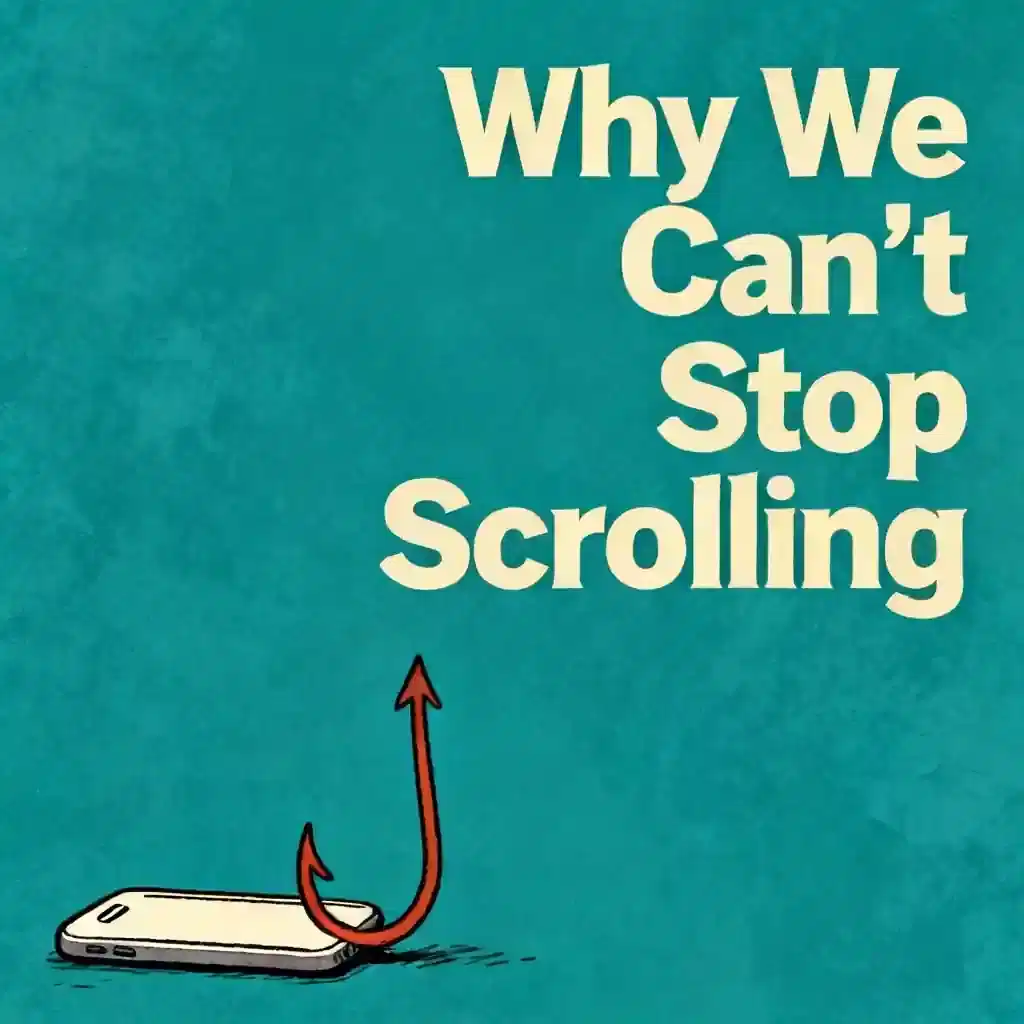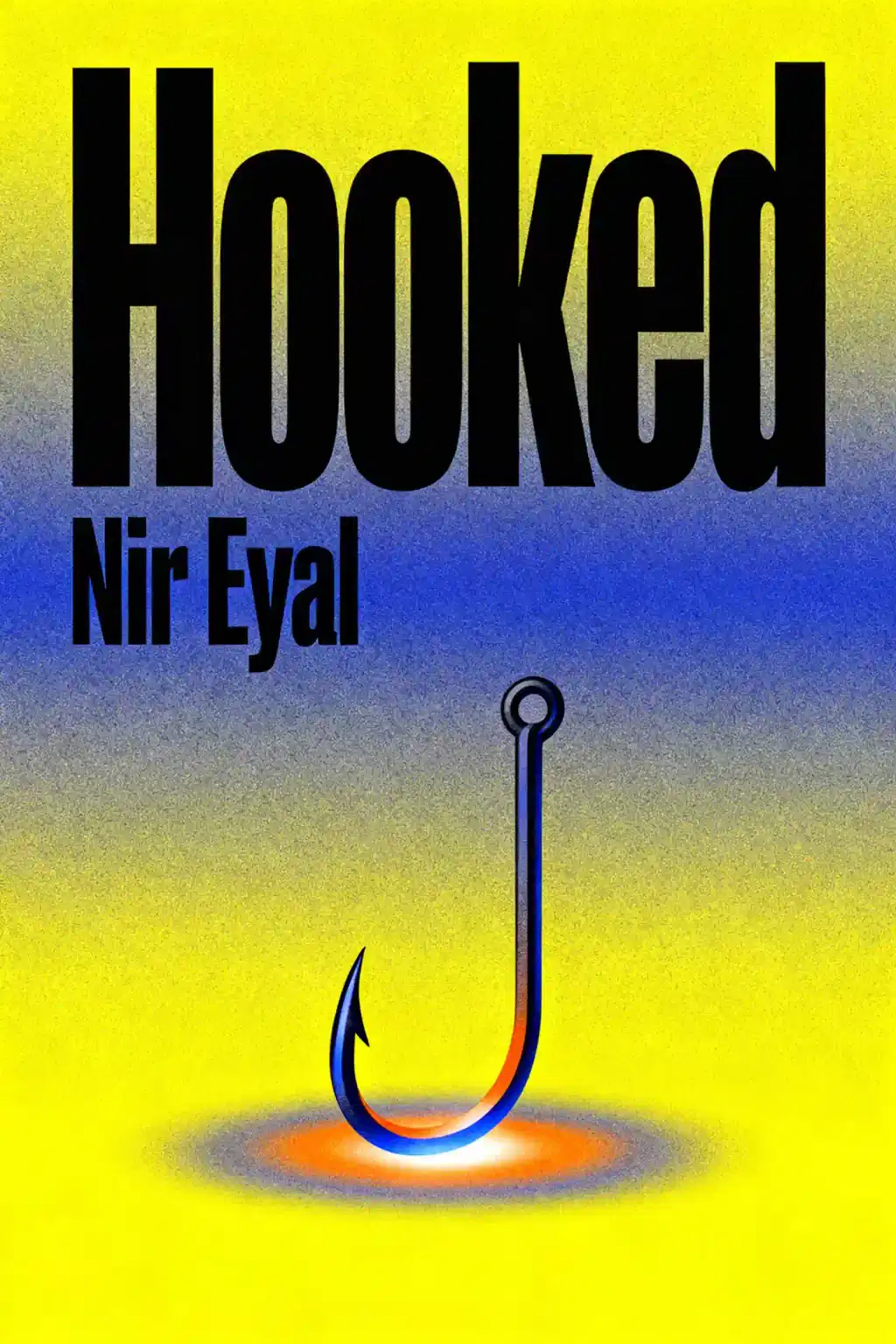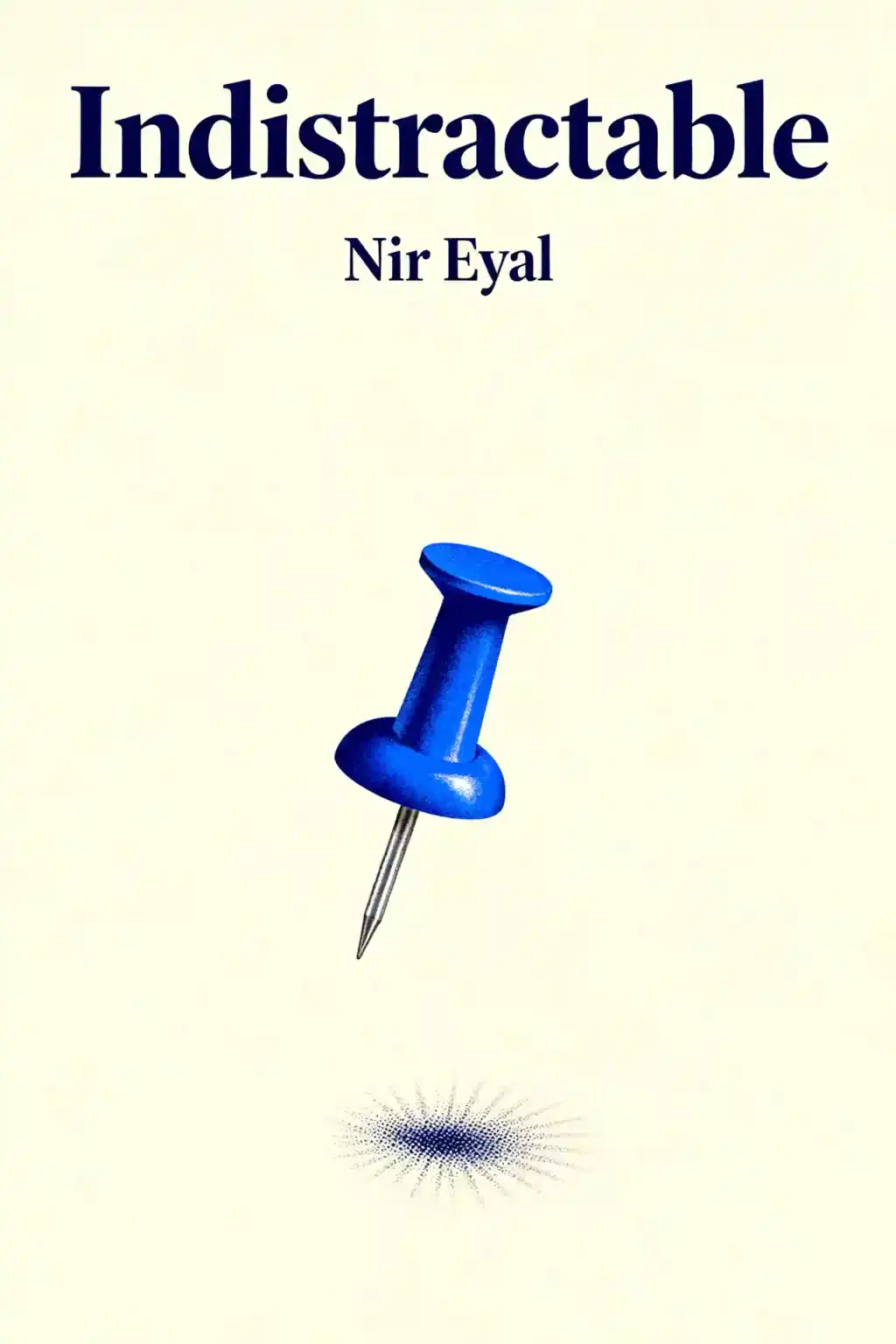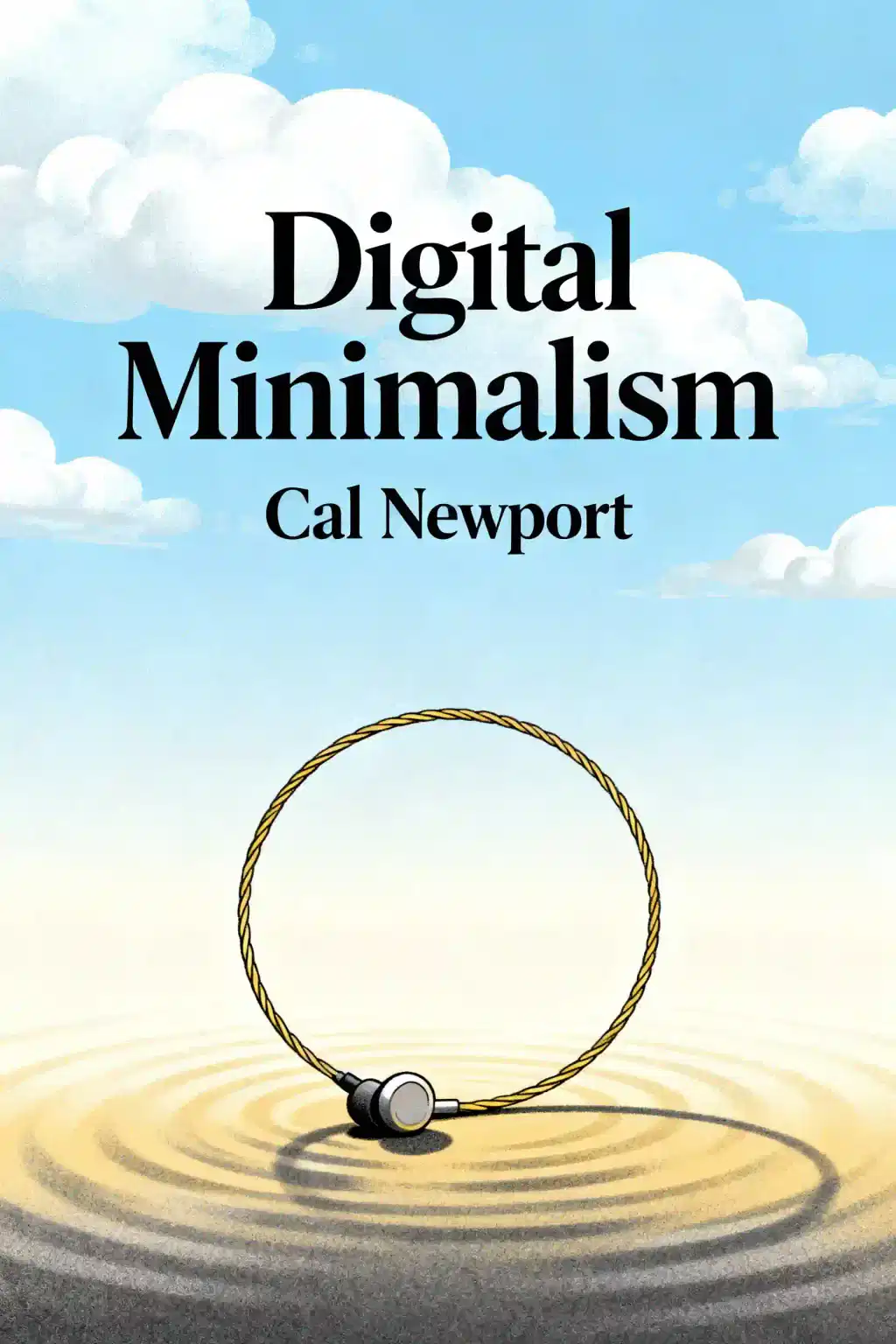What is "The Easy Peasy Way to Quit Porn" about?
"The Easy Peasy Way to Quit Porn" by HackAuthor provides a method to overcome pornography addiction immediately and permanently without willpower or deprivation. Based on Allen Carr’s smoking cessation approach, it frames porn as a psychological trap with zero benefits, using cognitive reframing to dismantle the "brainwashing" driving addiction. The core promise: quitting feels liberating, not sacrificial.
Who should read "The Easy Peasy Way to Quit Porn"?
This book targets individuals struggling with porn addiction who feel trapped in cycles of relapse. It’s ideal for those exhausted by willpower-based methods and open to a mindset shift. Critics note it’s less effective for users already deeply familiar with porn’s harms but lacking practical alternatives.
Is "The Easy Peasy Way to Quit Porn" worth reading?
Yes, if you seek a non-judgmental, philosophy-driven approach. Users report immediate relief from cravings, though some criticize repetitive writing and insufficient actionable steps. The method’s strength lies in redefining quitting as gain (freedom, self-respect) rather than loss, making it unique among addiction resources.
How does the Easy Peasy method work?
The method has two pillars:
- Decide never to watch porn again—a firm psychological commitment.
- Rejoice in quitting—replace deprivation with celebration.
It emphasizes that withdrawal pangs are illusions created by brainwashing, not genuine needs. By internalizing porn’s emptiness, users neutralize cravings.
What does "brainwashing" mean in the book?
"Brainwashing" refers to societal and self-imposed myths that porn offers benefits (e.g., stress relief, pleasure). The book deconstructs these as false beliefs trapping users. For example, the feeling that "something is missing" without porn is framed as conditioned fear—not truth.
What are the criticisms of "The Easy Peasy Way to Quit Porn"?
Key critiques include:
- Repetitive content – Redundant arguments about porn’s futility.
- Oversimplification – Dismissing willpower while relying on it for the "final decision".
- Lack of alternatives – No supplemental strategies (e.g., habit replacement) for hardcore addicts.
How does the book compare to Allen Carr’s original method?
Like Carr’s "Easy Way to Stop Smoking," it recasts addiction as psychological slavery undone by epiphany, not effort. Both methods:
- Reject "willpower versus craving" struggle.
- Frame quitting as joyous liberation.
Differences include Carr’s structured steps versus HackAuthor’s metaphorical "magic button" approach.
What quotes define the book’s philosophy?
- "The idea that something is missing when you don’t watch pornography is the voice of your brainwashing."
- "Quitting ranges from relatively easy to enjoyable!"
These highlight the core thesis: porn’s value is illusory; escaping it is euphoric.
Why does the book claim quitting is "effortless"?
It argues that once cognitive distortions are shattered, cravings vanish organically. Users don’t "resist" porn—they become indifferent to it. The "effort" lies in completing the book’s mental reframing, not daily battles.
Can "The Easy Peasy Way to Quit Porn" help long-term addicts?
Yes, but success depends on internalizing its paradigm. Hardcore addicts may need rereading or supplemental support (e.g., therapy). The book admits porn is a "powerful drug" but insists fear—not chemical hooks—perpetuates dependency.
How should you use the book for best results?
- Read quickly – Finish in 1–2 sittings to maintain momentum.
- Take notes – Annotate key realizations about porn’s false promises.
- Reread – Solidify the mindset shift, especially during cravings.
Why is the method called "Easy Peasy"?
The name underscores its core promise: quitting feels simple and natural once mental barriers collapse. Unlike grueling "willpower" methods, it frames freedom as the default state—not an uphill climb.


















